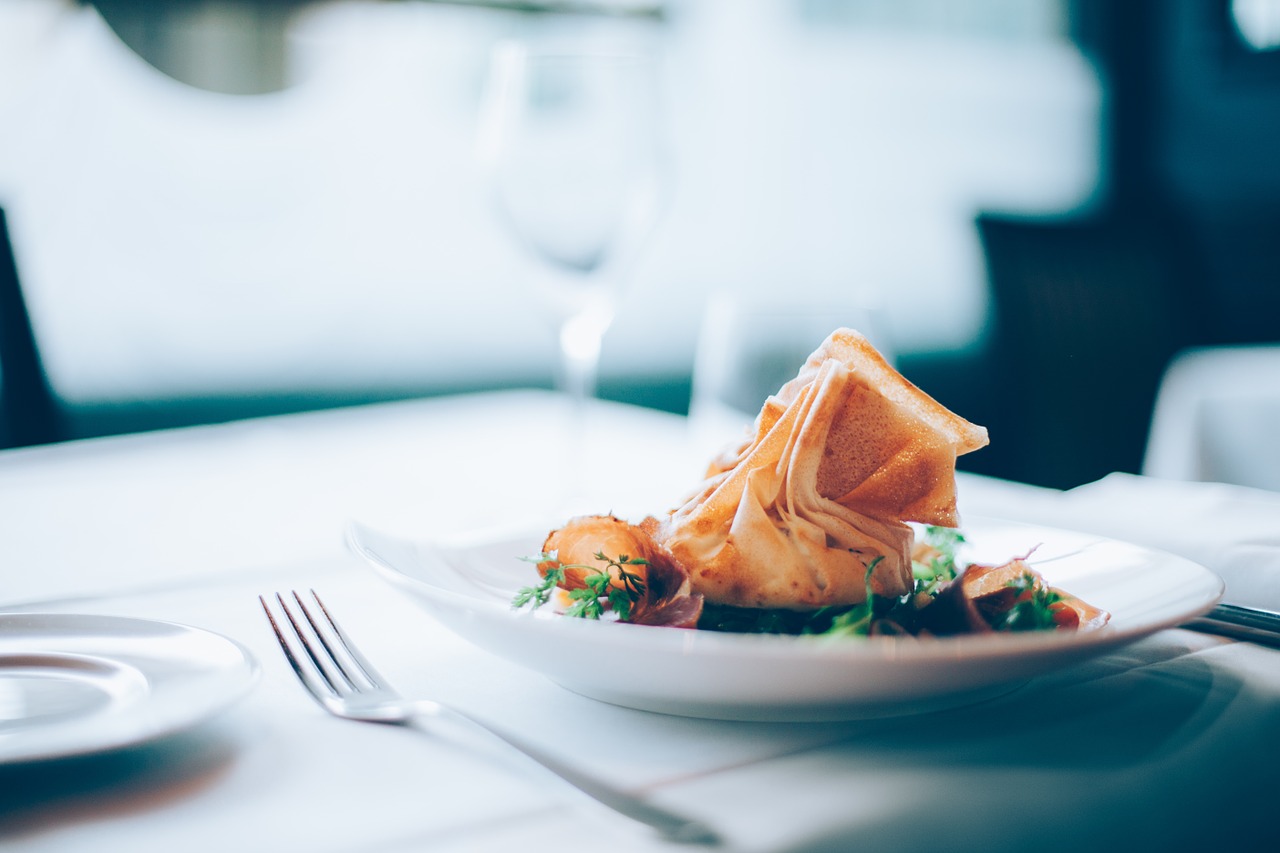 Something is exciting about discovering a restaurant that feels like a well-kept secret. Maybe it’s a hole-in-the-wall serving the best dumplings in town. Or a family-run bistro tucked away on a quiet street. While these spots rarely make it to glossy magazine spreads, you can still find them—if you know where to look.
Something is exciting about discovering a restaurant that feels like a well-kept secret. Maybe it’s a hole-in-the-wall serving the best dumplings in town. Or a family-run bistro tucked away on a quiet street. While these spots rarely make it to glossy magazine spreads, you can still find them—if you know where to look.
Food directories are one of the best tools for the hunt. When used well, they can lead you past the usual tourist traps and into places locals truly love. From Korean website: 사이트모음, you can find multiple directory links in one place, making your search even easier. Here’s how to get the most out of them.
Understand What a Food Directory Really Offers
A food directory isn’t just a list of restaurants. The best ones offer filters, user reviews, photos, menus, maps, and even stories about the owners or chefs. The more complete the information, the better your chances of spotting something that stands out.
Some directories focus on specific cities or cuisines. Others cast a wider net but still allow you to search in particular ways. Knowing the scope of the directory helps you set realistic expectations.
Start With the Right Directories
Not all directories are equal. The most popular ones—such as Yelp, TripAdvisor, and Google Maps—are good starting points, but they often highlight the same top-rated places that everyone already knows. If you’re looking for hidden gems, consider adding niche directories to your search.
Here are a few types to explore:
- Local-focused platforms – Many cities have their independent restaurant guides or community-run lists that highlight lesser-known spots.
- Cuisine-specific sites – Directories that focus on a single style of food (such as vegan, ramen, or BBQ) often feature smaller, specialty restaurants.
- Travel blogs and expat forums – While not traditional directories, they often act like one, with curated lists and links to official restaurant profiles.
- Food festival programs – These often list vendors and small eateries you won’t see in mainstream guides.
Use Filters Strategically
Most people search by “highest rated” or “most reviewed.” That’s fine if you want crowd favorites, but it’s not how you find hidden gems. Instead:
- Sort by newest – Fresh listings may be new restaurants that haven’t yet built an enormous review base.
- Look for mid-range ratings with detailed reviews – A place with a handful of glowing, specific reviews can be a better bet than a highly rated but generic option.
- Search by neighborhood – Focus on areas away from the main tourist centers.
- Filter by features – Small details, like “family-owned,” “counter service,” or “BYOB,” can reveal more unique places.
Read Reviews Like a Detective
Don’t just look at star ratings. Read reviews carefully to pick up patterns. A small café with 20 reviews mentioning “best homemade pie” could be a hidden dessert spot.
Watch for:
- Specific dish mentions – Repeated praise for one menu item is a good sign.
- Photos that match descriptions – Pictures can confirm if a dish looks as good as people say.
- Mentions of locals eating there – Tourists tend to follow trends, but if reviewers talk about a strong local crowd, that’s worth noting.
- Balanced feedback – A mix of positive and constructive criticism often feels more honest than endless five-star praise.
Dig Into the Details
Directories often include extra information you might overlook. Check for:
- Menus – Unique or seasonal menus can hint at a chef who’s passionate about fresh, creative cooking.
- Operating hours – Odd or limited hours sometimes mean the restaurant is a side passion project, which can be a sign of authenticity.
- Social media links – Following their pages can reveal specials, pop-ups, or behind-the-scenes stories.
Cross-Reference Between Directories
If you find an interesting listing on one directory, search for it on others. A restaurant with minimal presence on a major site but glowing reviews on a local guide is worth noting. This cross-checking helps you separate marketing hype from genuine word-of-mouth.
Keep an Eye on “Near Me” Results
When you’re already out and about, using a directory’s “near me” feature can turn an ordinary afternoon into a food adventure. Switch from “top rated” to “distance” or “open now” and explore what’s around. You may find small diners, food trucks, or specialty shops you’d never have planned to visit.
Use Saved Lists and Maps
Most directories allow you to create custom lists or save locations to a map. Use this to your advantage:
- Create a “Hidden Gems to Try” list as you browse.
- Tag them by type—breakfast, lunch, dinner, dessert—so you can choose based on the time of day.
- Pull up your map when you’re in a new area and see if any saved spots are nearby.
This habit means you’ll always have ideas ready, instead of scrambling at the last minute.
Talk to Reviewers
Some directories let you message reviewers or comment on posts. If someone leaves a detailed review that resonates with you, thank them and ask for similar recommendations. Many food enthusiasts are happy to share their favorite finds.
Don’t Overlook Low-Profile Places
Hidden gems often have quirks that make them less visible in standard searches:
- They might not have a significant online presence.
- They may rely on word of mouth rather than ads.
- Their menus might be short, but they are focused on doing a few things well.
Directories can still surface them—you have to be willing to look beyond flashy photos and hundreds of reviews.
Make It a Habit
The more you use food directories intentionally, the better you’ll get at spotting patterns and signals. Over time, you’ll develop a personal shortlist of go-to search tactics, favorite directories, and reliable reviewers.
And when you finally walk into that small, cozy spot and taste something unforgettable, you’ll know the search was worth it.
Bottom line: Food directories are more than digital phone books. Used with curiosity and a bit of detective work, they’re powerful tools for finding restaurants you’ll want to keep in your back pocket—and maybe share only with a few close friends.

